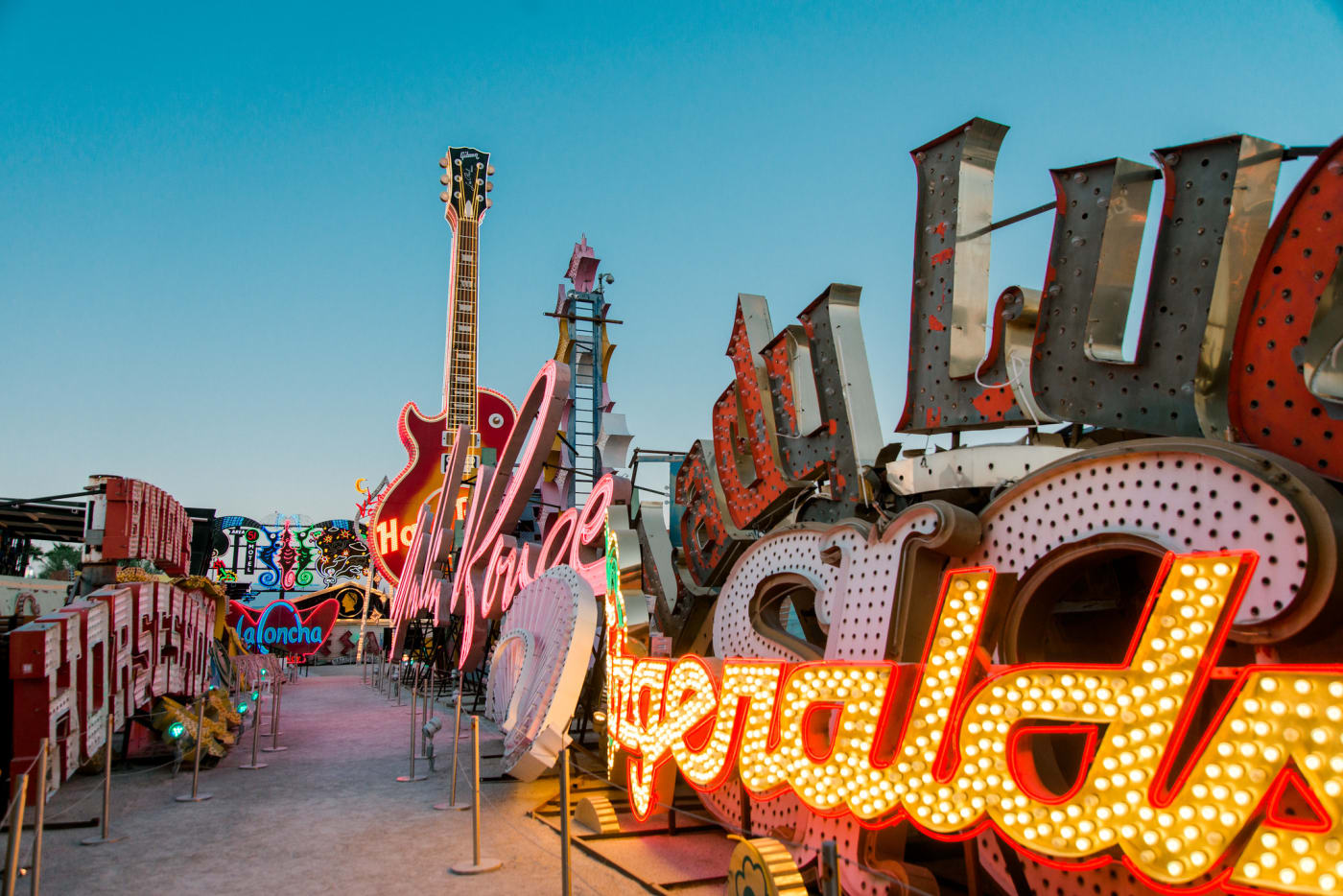
The Moulin Rouge Hotel & Casino in Las Vegas, although only open for a short period, has left an important mark on the city’s history. Known for being the first racially integrated casino in the United States, the Moulin Rouge played a pivotal role in the civil rights movement and the entertainment industry as a whole.
Let’s look at the history of the Moulin Rouge, its significance, and the legacy of its iconic neon sign.
The Birth of the Moulin Rouge
The Moulin Rouge Hotel opened its doors on May 24, 1955, and was a groundbreaking establishment in many ways. Located in West Las Vegas, it was the first casino in the United States to welcome both Black and White patrons. This was a significant departure from the norm, as Las Vegas at the time was heavily segregated.
The hotel was lavishly designed, featuring a stunning showroom that attracted some of the biggest names in entertainment. Legendary performers such as Sammy Davis Jr., Dinah Washington, and Louis Armstrong graced the stage, drawing crowds from all over. The Moulin Rouge quickly became a hotspot for both locals and tourists, symbolizing a new era of inclusivity in Las Vegas.
A Short-Lived Success
Despite its initial success and cultural significance, the Moulin Rouge’s glory was short-lived. Financial difficulties plagued the hotel, and it closed its doors in October 1955, just six months after opening. However, its impact on the community and its role in the fight against segregation endured.
In March 1960, the Moulin Rouge hosted a pivotal meeting between important local figures, such as civil rights leaders and Las Vegas casino owners. This meeting led to an agreement to end segregation in the city’s casinos, marking a significant victory for the civil rights movement.
The Moulin Rouge Iconic Sign
One of the most memorable aspects of the Moulin Rouge was its neon sign, which became an iconic symbol of the hotel. The sign was designed by Betty Willis, one of the few female sign designers of her time. Born in 1923 in Overton, Nevada, she developed an early interest in art and design. After attending art school in California, she returned to Nevada and began her career in the neon sign industry.
Willis, who later gained fame for creating the “Welcome to Fabulous Las Vegas” sign, spent considerable time researching Parisian-style fonts to capture the essence of the original Moulin Rouge in Paris.
Her work on the sign was a testament to her talent and vision. She meticulously drew the sign design by hand, ensuring that it captured the elegance and allure of the famed Parisian cabaret. Her ability to blend artistry with functionality set her apart in the industry.
The Legacy of the Moulin Rouge
Although the Moulin Rouge Hotel & Casino had a brief operational period, its legacy endures. The hotel’s commitment to racial integration paved the way for significant social change in Las Vegas and beyond. It demonstrated the power of entertainment as a force for inclusivity and progress.
We are honored that the Moulin Rouge sign is preserved and displayed at The Neon Museum in Las Vegas. The museum, dedicated to collecting and preserving historic Las Vegas signs, re-illuminated the Moulin Rouge sign in its original configuration, allowing visitors to appreciate its beauty and historical significance.
The restoration of the sign involved meticulous work, including testing intact neon units on the sign, and creating etchings of the sign to blow new units to achieve its iconic pink hue.
The Moulin Rouge Hotel in Las Vegas may have been short-lived, but its impact was profound. As the first racially integrated casino in the United States, it played a crucial role in the civil rights movement and set a precedent for inclusivity in the entertainment industry. The hotel’s iconic sign, designed by Betty Willis, remains a symbol of its legacy, preserved for future generations to admire.
To learn more about the history of Las Vegas through light, check out our History. Brought to Light. guided tour!



